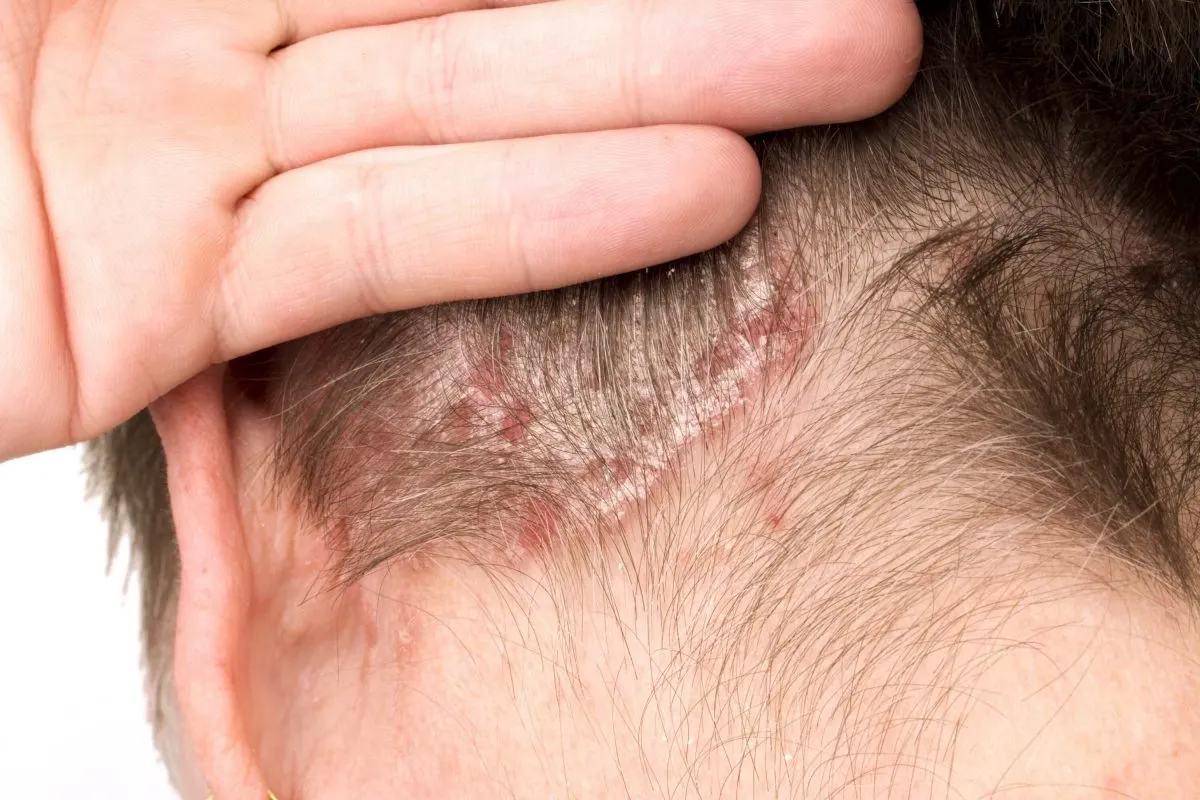Some 15,000 additional contaminations to the coronavirus, now called Covid-19, were announced by China on Thursday, which justifies this record leap by a new method of calculating cases of infection. The main culprits of the cradle province of the epidemic have been sacked.
A figure largely revised upwards, which resulted in disciplinary sanctions. China announced on Thursday (February 13th) some 15,000 additional infections with the Covid-19 virus . The reason for this leap: a new definition of cases of infection.
While the main culprits of Hubei, the cradle of the epidemic, have been removed from office, worrying figures and disciplinary measures are fueling speculation that the severity of the coronavirus epidemic may have been underestimated.
The health commission of Hubei (central China) has announced 242 new deaths in the province. Figures that mark, by far, the largest increase recorded in 24 hours since the crisis began in December in the provincial capital, Wuhan.
“Clinically diagnosed” cases
A new, broader definition of infection is behind this record leap. In fact, from now on, the local authorities will count the cases “clinically diagnosed”. To diagnose Covid-19, a chest X-ray will be considered sufficient when, until now, a nucleic acid test has been essential .
The authorities justify this new method by their “better knowledge” of the disease and its symptoms, but also by their desire to make patients benefit from treatment as quickly as possible.
“In this kind of epidemic, there are two methods”, explains Kentaro Iwata, professor at the University of Kobe (Japan) and expert in infectious diseases. “Either cast a wide net to make sure that no patient falls through the cracks, or do an accurate screening”, but which takes more time.
Heads are falling
These new figures bring the human toll in China to nearly 60,000 confirmed cases and at least 1,355 deaths.
Since the announcement, the top official of the Chinese Communist Party (CCP) in Hubei, Jiang Chaoliang, has been dismissed from office . He is replaced by the mayor of Shanghai, Ying Yong, deemed close to President Xi Jinping. Wuhan’s main communist official, Ma Guoqiang, was also sacked.
Anticipated falls, the anger of public opinion seems so strong. A large part of citizens have been accusing local authorities for several weeks of having delayed reacting to the first cases of the disease.
Discontent that became furious after the death on Friday of 34-year-old Li Wenliang, one of the first doctors to alert the epidemic. Reprimanded by the police who accused him of spreading “rumors”, he had himself been infected.
In Hubei, heads had already started to fall at the beginning of the week: the two highest provincial officials of the Ministry of Health had been dismissed from their posts.

